Neighborhood Retail In Older Suburbs
Driving around the inner ring suburb of Overland recently I was struck at the number of corner retail buildings adjacent to the residential streets. Unlike more recent suburbs, where retail is miles away from housing, these were very close. End of street close. Today when we think of retailing in the suburbs it’s easy to assume it was always big boxes or enclosed mall, but like the inner city, it started off with stores within walking distance.
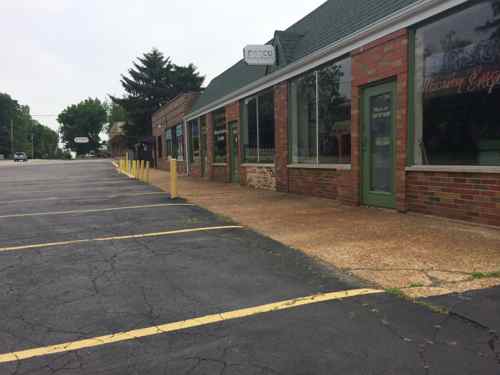
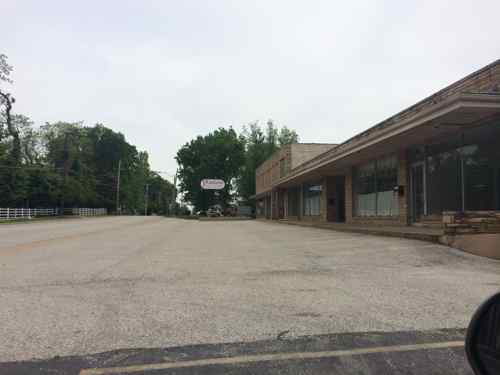
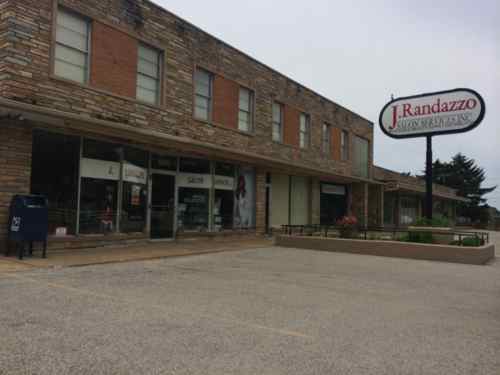
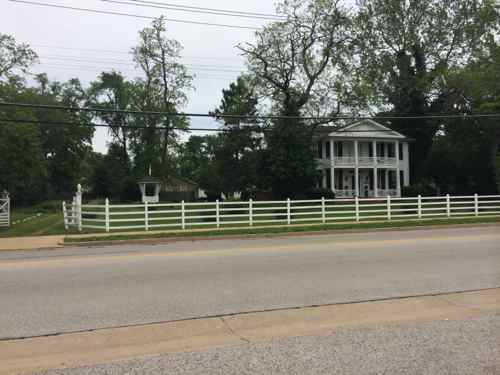
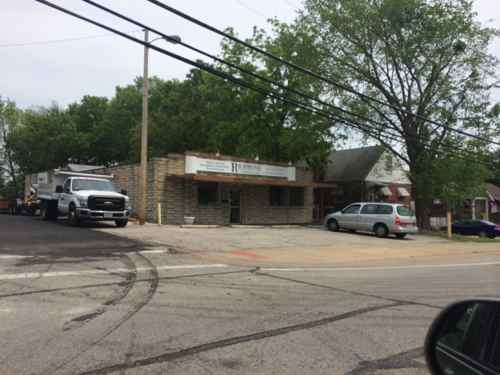
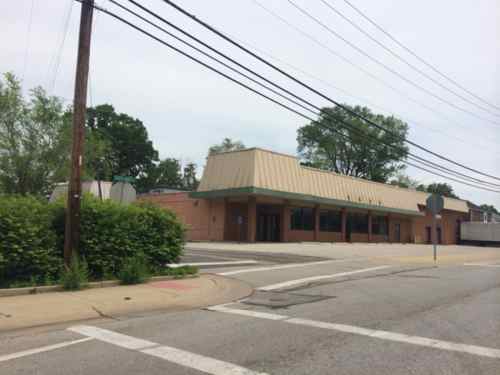
This is far different than the 1960s subdivision in Oklahoma City where I grew up. The 1960s subdivisions I’ve seen here are very similar, by that time commercial development was further away and with lots more parking than these examples. Suburbs & their subdivision development seemed to continue on this trajectory, except for New Urbanist developments like New Town St. Charles.
— Steve Patterson
This same condition exists in many of the inner ring suburbs of our region. They had street cars too. Inside of 255/270 is one world; outside of 255/270 is another. I choose to be inside, not outside.
Isn’t this just a case of natural evolution? A response to increasing auto use? Going from parallel parking to perpendicular parking triples the number of available parking spaces in front of a storefront. (And the next. inevitable, step is the dedicated parking lot, with the building set back increasingly further from the curb line.) And one big reason government is no longer a fan of this urban design model is the challenge with people trying to back into an active travel lane, one with increasing traffic volumes – off-street parking is much safer from a traffic engineering standpoint.
I’d say it’s more a case of unintended consequences, they provided a little more parking vs parallel but they had no idea what it would morph info decades later.
They, who? I’m guessing that the retailers fully embraced the intended concept of more and more convenient parking. If the they you speak of is the urban design community, then yes, there were probably both unintended consequences and regret about some, but not all, design decisions. But that’s also true of many other design choices – given the clarity of 20/20 hindsight, there will always be some choices that we would do differently, just like there are many others that we got “right”.